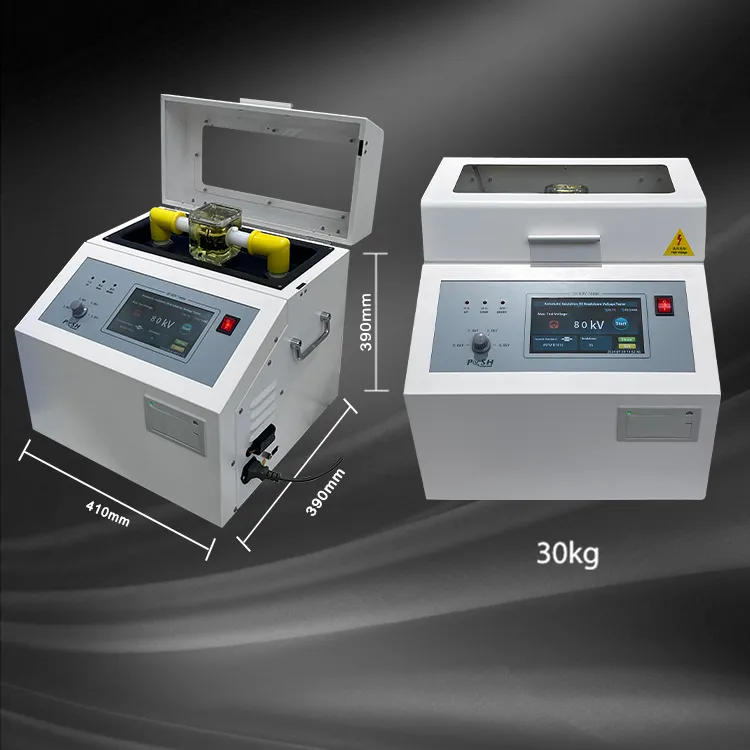 English
English


Understanding the Principles and Applications of Alternating Current AC Generators
Understanding Alternating Current (AC) Generators
An alternating current (AC) generator, commonly referred to as an AC dynamo, is a crucial device that converts mechanical energy into electrical energy using the principles of electromagnetic induction. This technology is foundational to the generation of electricity that powers homes, industries, and countless electronic devices worldwide.
The Working Principle
At the heart of an AC generator is Faraday's Law of Electromagnetic Induction, which states that a change in the magnetic environment of a coil of wire will induce an electromotive force (EMF) in the coil. An AC generator typically consists of a rotating coil placed within a magnetic field. As the coil rotates—often powered by a mechanical force like a turbine—the magnetic flux through the coil changes, inducing an alternating voltage. This voltage alternates in polarity, producing an alternating current that can be harnessed for practical use.
Components of an AC Generator
The essential components of an AC generator include
1. Rotor This is the rotating component that typically contains the coil of wire. It can either be a permanent magnet or an electromagnet. 2. Stator The stator surrounds the rotor and contains stationary coils where the AC voltage is induced. The design of the stator is crucial, as it helps in capturing the generated electrical energy efficiently.
3. Commutator Unlike a direct current (DC) generator, AC generators do not use a commutator. Instead, they rely on slip rings that allow continuous rotation and maintain electrical contacts, enabling the output of alternating current.
4. Bearing and Frame These support structures allow for the smooth rotation of the rotor and the overall integrity of the generator.
alternating current ac generator

Types of AC Generators
AC generators can be classified broadly into two types synchronous and asynchronous (or induction) generators.
1. Synchronous Generators These operate at a constant speed, with the rotor synchronized to the frequency of the AC output (e.g., 60 Hz in the U.S.). They are widely used in large-scale power generation, such as in hydroelectric plants and thermal power stations.
2. Induction Generators These are often used in wind turbines and other renewable energy systems. They can operate at varying speeds and do not need to be synchronized with the grid frequency. When driven faster than the synchronous speed, they can generate power while drawing reactive power from the grid.
Applications of AC Generators
The versatility of AC generators makes them essential for numerous applications. They are used in power plants to generate electricity for residential and industrial use. Portable AC generators are also popular for outdoor activities and emergency backup power. Moreover, they play a pivotal role in renewable energy setups, such as wind and hydroelectric power systems, where they help convert natural energy sources into usable electrical power.
Conclusion
In conclusion, AC generators are a fundamental component of modern electrical systems, embodying the principles of physics while powering our daily lives. Their ability to convert mechanical energy into alternating electrical current has paved the way for widespread electricity usage, enabling technological advancements and improving the quality of life across the globe. Understanding how these generators work not only highlights the ingenuity behind their design but also underscores the importance of sustainable energy practices that leverage natural resources for energy generation. As the world shifts towards greener energy solutions, the role of AC generators will remain pivotal in the transition towards a more sustainable future.
-
Differences between open cup flash point tester and closed cup flash point testerNewsOct.31,2024
-
The Reliable Load Tap ChangerNewsOct.23,2024
-
The Essential Guide to Hipot TestersNewsOct.23,2024
-
The Digital Insulation TesterNewsOct.23,2024
-
The Best Earth Loop Impedance Tester for SaleNewsOct.23,2024
-
Tan Delta Tester--The Essential Tool for Electrical Insulation TestingNewsOct.23,2024





